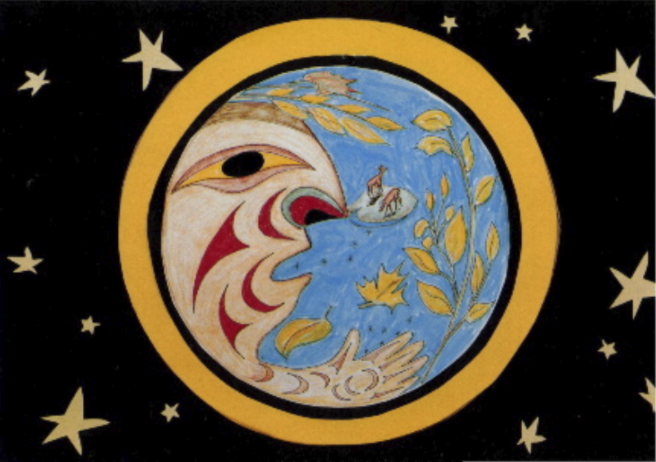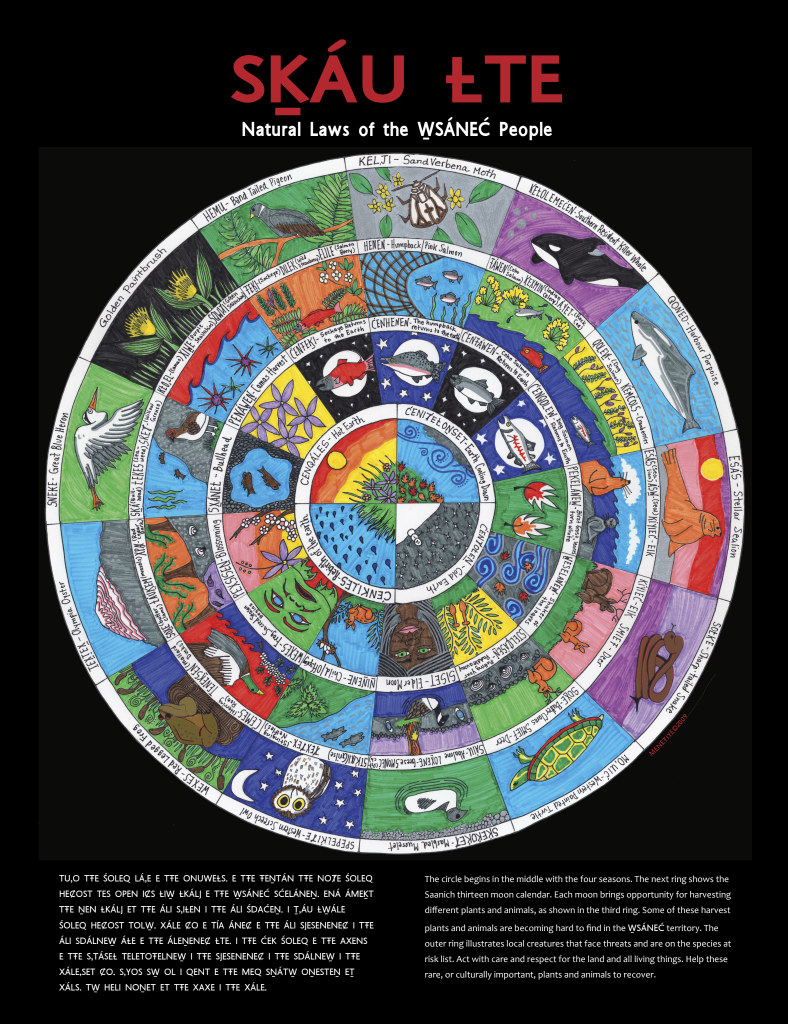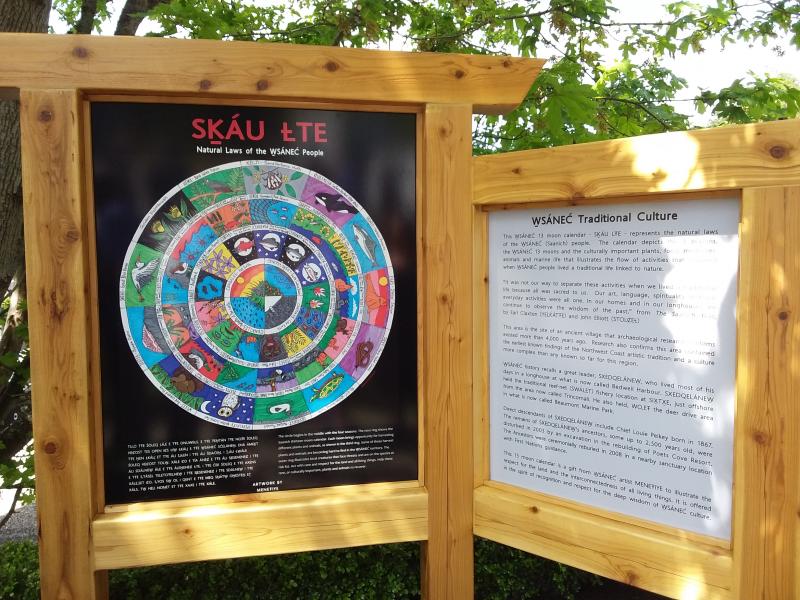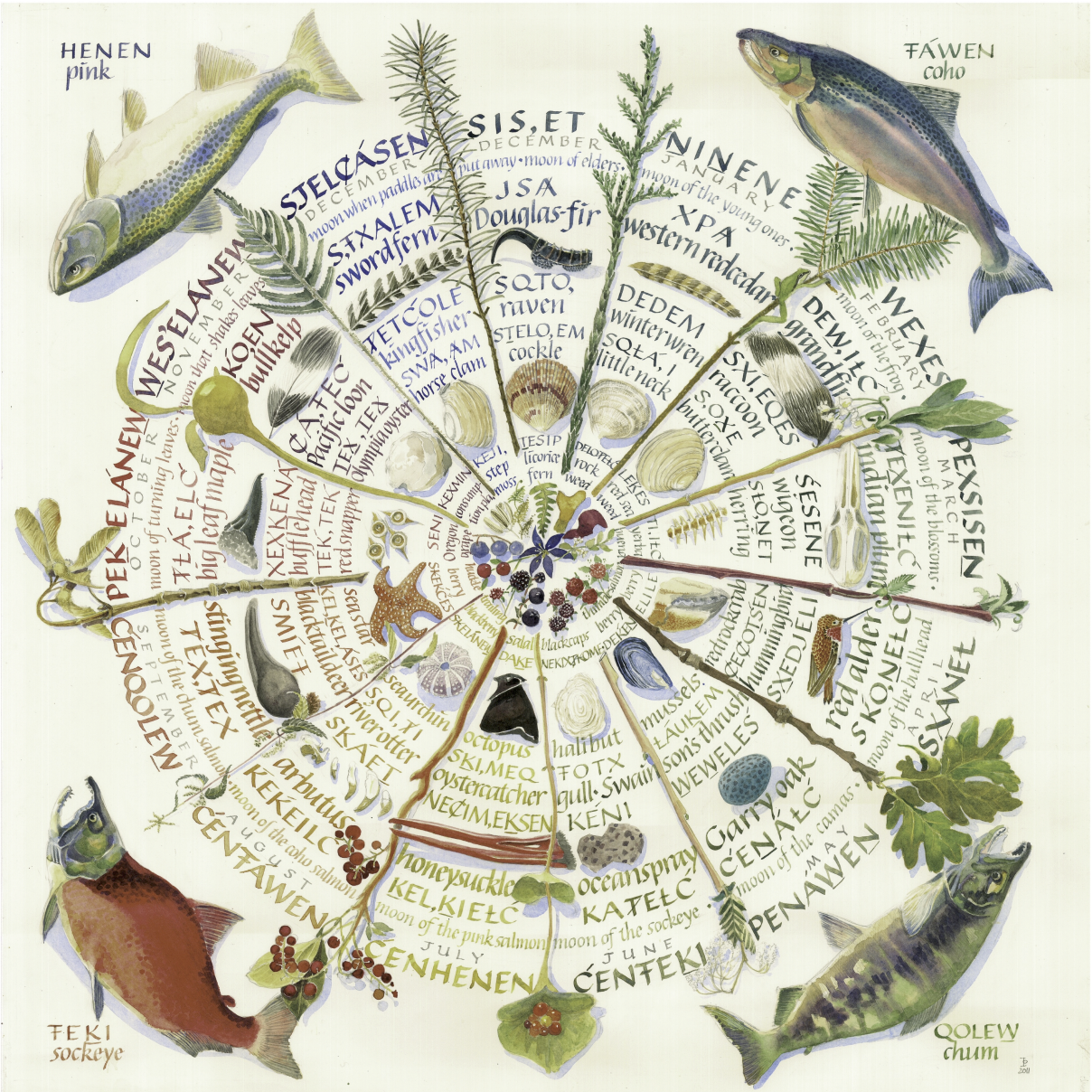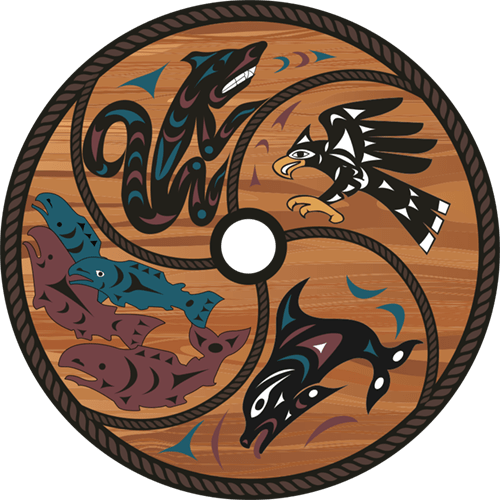This time of year is traditionally known as PEKELÁNEW̱
PEKELÁNEW
NIȽ PELELÁNEW̱ȽḴÁLJ TIÁ, TW̱E ȾOȽEṈ EȻs TÁṈENs NIȽ EN ŚW̱QENEW̱TŦE TUO XIXEN EȻs
CEĆILs.
ȻNIȽ ŚW̱ĆȺs TŦE EȽTÁLṈEW̱E TŦE ḰȽȺ ȻNIȽ ŚW̱ĆȺs E TŦE SĆOȽs TŦE ĆEḴ ÁLEṈ ȻNIȽs
LÁTEṈs TŦE SNEW̱EȽ ĆḴÁTEṈ ȽE E ȻSIÁ, ĆEN₭ILES. ȻNIȽs HOÍs ȻEN ELOXET TŦU MEQ STÁṈ
LÁE TŦEN ÁLEṈENEȻ.
ȻNIȽ EN ŚW̱YÁ, ṮÁLET TŦE SMÍEŦ EN SU W̱OEŦ. ȻNIȽ ŚW̱HOÍs ȻNIȽ EN ŚW̱DOQ.
Here’s how to pronounce PEKELÁNEW̱
PEKELÁNEW̱-THE MOON THAT TURNS THE LEAVES WHITE
This moon marks the end of summer and the beginning of cooler weather.
WEATHER
The longer, cooler nights can lead to frost on the leaves and the ground in the higher
country.
ECONOMIC ACTIVITIES
The W̱SÁNEĆ people begin splitting logs they felled in the spring for building materials and
completing canoes would be winter work. They would rough out their canoes in the forest
and move them to their villages when they were easier to carry.
Seals and Sea Lions were hunted in the San Juan Islands. Cod fishing tapers of toward the
end of this moon and grouse hunting ceases.
Preparations were made for the fall deer and elk hunt. Deer were in a rut season and easily
fooled–not as cautious as normal.
This illustration of the W̱SÁNEĆ calendar, SḴÁU ȽTE, by artist MENEŦIYE is located on S,DÁYES (South Pender Island). The illustration depicts the four seasons, the 13 moons and the culturally important plants, food, medicines, animals and marine life.
Based on the sacred interconnectedness of all things, the observation of the 13 moons is part of W̱SÁNEĆ natural law. Each of the 13 moons provides guidance as to what cultural and economic activities are best suited for the time of year, as well as what weather to expect and what food is most abundant.
Artist Briony Penn, copyright Tsawout First Nation.
“It was not our way to separate these activities when we lived a traditional life because all was sacred to us. Our art, language, spirituality and our everyday activities were all one. In our homes and in our longhouses we continue to observe the wisdom of the past.”
~The Saanich Year, by Earl Claxton (YELḰÁTŦE) and John Elliott (STOLȻEȽ).
The 13 moons don’t line up exactly with the Gregorian 12-month calendar, but loose associations between months and the moons can be made, as shown above.


